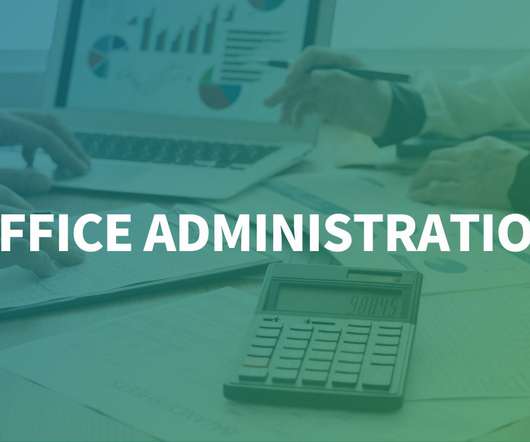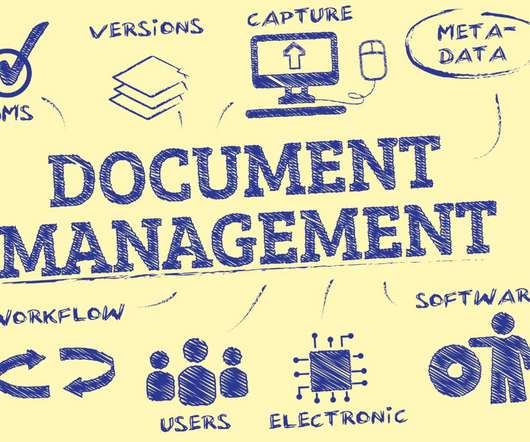Employee personnel files — what should and shouldn’t be included
BMT Office Administration
NOVEMBER 21, 2022
As any human resources professional will attest, managing every employee’s employment life cycle involves a good deal of paperwork. For instance, employers cannot include medical information in an employee’s general personnel file due to the Americans with Disabilities Act (ADA). Medical leave of absence requests.

















Let's personalize your content